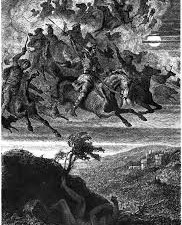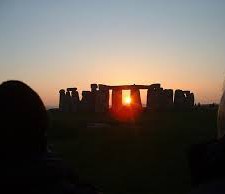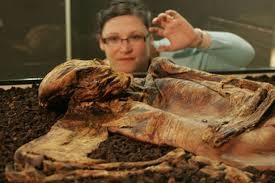
The spiral has fascinated and intrigued people for centuries. It is common in both Christian and pre Christian art and has been taken up by the modern Neo-pagan community. But its earliest expression is that found on Neolithic passage tombs, such as New Grange or on rock cut inscriptions all dating from the stone age.
What exactly the spiral, in all its many forms, meant to the pre-Christian peoples is however, like so much, unknown. Primarily, the spiral is typical of funerary symbolism common in Irish tombs as well as those of other megalithic cultures. Historically, spirals in both Megalithic and Neolithic art were closely akin with spiritual issues of the cycle of death and rebirth.
The serpent, important iconographically.to both manifestations of Brigid, is often used as a metaphor for infinity, in a sense, by the sloughing off of it’s skin it is continually dying and being reborn (Purce, 101) and it is this interpretation of the spiral, being a symbolic representation of a symbol, the snake or serpent, that I find rather interesting. We have, if this interpretation is correct, a double abstraction of a fundamental principle, birth and death, the never ending cycle.
Read more »




